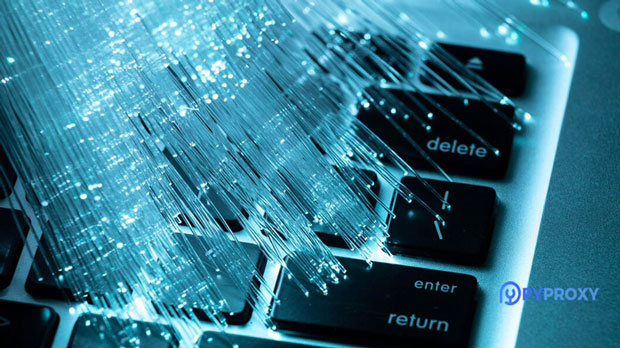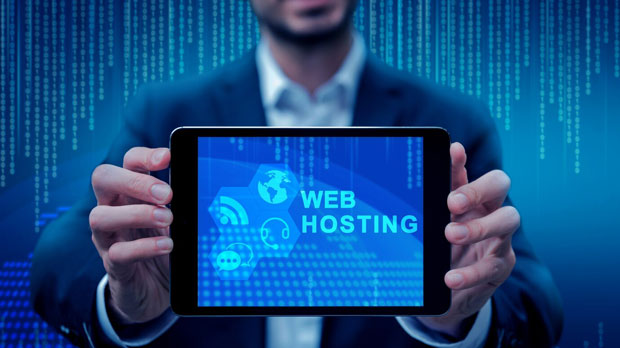When selecting a socks5 proxy service, one of the most critical considerations is its pricing, especially when your needs span different regions. Prices can vary significantly depending on the geographical location, the features offered, and the provider's operational costs. In this guide, we will explore how to make a smart choice based on regional pricing factors, service quality, and how to ensure you get value for your money. Understanding the dynamics of socks5 proxies and their regional pricing will help you make a well-informed decision, avoiding overpaying while still meeting your privacy and browsing needs. Understanding SOCKS5 Proxy ServicesSOCKS5 is a type of internet protocol that allows users to route their internet traffic through a remote server. It is a more flexible and secure choice compared to other proxy types, especially for activities that require high anonymity, like browsing, torrenting, or bypassing geographical content restrictions.Unlike HTTP proxies, which only handle web traffic, SOCKS5 proxies can handle all types of internet traffic, including FTP, email, and even P2P connections. This makes them an ideal solution for those who require a more versatile, privacy-centric service.The main advantage of SOCKS5 is its high level of security. It doesn't alter or inspect the data packets it handles, making it less likely to introduce latency or disrupt the data being transmitted. Moreover, SOCKS5 supports advanced authentication methods, ensuring a higher degree of privacy for users.Factors Influencing Pricing of SOCKS5 ProxiesThe pricing of SOCKS5 proxy services varies based on several factors. Understanding these elements is crucial in making a cost-effective decision.1. Geographical Location: Different regions have varying operational costs that impact the pricing of proxy services. For example, proxies in countries with high infrastructure costs (like the US or UK) are often priced higher. On the other hand, services based in regions with lower costs of living or less expensive infrastructure (such as Eastern Europe or Southeast Asia) can offer more competitive prices.2. Bandwidth and Server Location: The amount of bandwidth and the number of servers available in a specific region can significantly affect the price. Areas with high-demand services (such as North America or Europe) tend to have higher prices due to demand and limited server availability. More niche or remote locations might offer cheaper services, but they may come with slower speeds or fewer server options.3. Service Features and Customization: Some SOCKS5 proxy services come with additional features like enhanced security protocols, speed optimization, or advanced configuration options. Services that offer more customization options, such as IP rotation or support for multiple simultaneous connections, may come at a premium. Assess whether these features are necessary for your needs, as opting for a simpler service may be a more affordable solution.4. Monthly or Pay-as-You-Go Pricing: Proxy services typically offer different pricing models, including monthly subscriptions or pay-as-you-go plans. A monthly subscription may be more economical if you plan to use the service regularly, while pay-as-you-go plans are suitable for occasional users. It’s important to weigh the cost against how frequently you intend to use the proxy and what kind of performance you require.How to Evaluate and Compare Prices in Different RegionsTo ensure that you're getting the best value for your money, it’s important to compare the services available in different regions based on your specific needs.1. Assess Your Usage: Before delving into pricing, understand your own usage patterns. Do you need proxies for streaming, browsing, or securing your internet traffic? Are you interested in high-speed proxies, or is anonymity more important? The more you understand your requirements, the easier it will be to determine whether a cheaper service might meet your needs or whether you need to invest in a more expensive option.2. Look for Flexible Payment Plans: Many proxy providers offer different pricing tiers depending on usage or contract length. In some regions, such as the US or Europe, proxy services may offer discounts for long-term commitments, while others might provide flexible month-to-month plans. Carefully consider whether a long-term contract is financially viable for you or whether a more flexible, month-to-month plan suits your needs.3. Check Server Locations and Speed: The server locations that a SOCKS5 service covers will have a significant impact on both pricing and speed. Services based in high-demand regions like North America or Western Europe will typically be more expensive due to the higher costs of maintaining servers in these regions. However, these servers are likely to offer better speeds and more stability. Alternatively, choosing a proxy located in a region like Eastern Europe or Asia might offer lower prices, but potentially at the cost of slower speeds or less reliable connections.4. Consider the Additional Costs of Add-Ons: Many proxy services offer additional features that could be added to your plan at an extra cost. These include IP rotation, increased bandwidth limits, higher connection speeds, and additional privacy features. While these features may seem appealing, it's important to assess whether you truly need them for your intended purpose. Adding too many features can quickly inflate the cost of a proxy plan, and you may end up paying for more than you need.Regional Pricing Trends for SOCKS5 ProxiesUnderstanding regional pricing trends is essential when trying to find the most affordable yet effective SOCKS5 proxy service.1. North America and Western Europe: In these regions, where demand for proxies is high due to a larger number of users and more developed internet infrastructure, prices tend to be on the higher side. However, these regions often have the fastest and most reliable proxies with better speeds, low latency, and robust support services. These are ideal for users who require high performance and are willing to pay a premium for it.2. Eastern Europe and South America: In regions like Eastern Europe or South America, the cost of SOCKS5 proxies is generally lower due to lower operational costs. However, users may experience slower speeds or limited server options. These regions may be a good choice for those who are looking to save money but can tolerate some performance trade-offs.3. Asia and Africa: SOCKS5 proxies in these regions can be quite affordable, but they may not always offer the highest speeds or the most reliable connections. They may be suitable for users who prioritize cost over speed or those using proxies for less demanding tasks, such as general browsing or lightweight data scraping.4. Middle East and Africa: SOCKS5 proxies in regions like the Middle East and parts of Africa may also be priced lower, but similar to Asia, the quality of the service can vary. These proxies are often best suited for users looking for lower-cost options in less-demanding scenarios.Making the Best Decision Based on Your Budget and NeedsUltimately, choosing the best and most reasonably priced SOCKS5 proxy service is about balancing cost with your specific needs. It’s important to assess factors like the region’s infrastructure, your desired performance, the number of proxies needed, and whether additional features justify the cost. Compare the various plans across different regions, paying attention to the service's quality, customer support, and flexibility in pricing models. With thorough research and a clear understanding of what you need, you can make a more informed choice that aligns with your budget and requirements.While pricing will always play a significant role in decision-making, prioritizing the right balance between cost and service quality will help you avoid overpaying or choosing a service that doesn’t meet your performance needs.
Jan 09, 2025
![arrow]()


















































